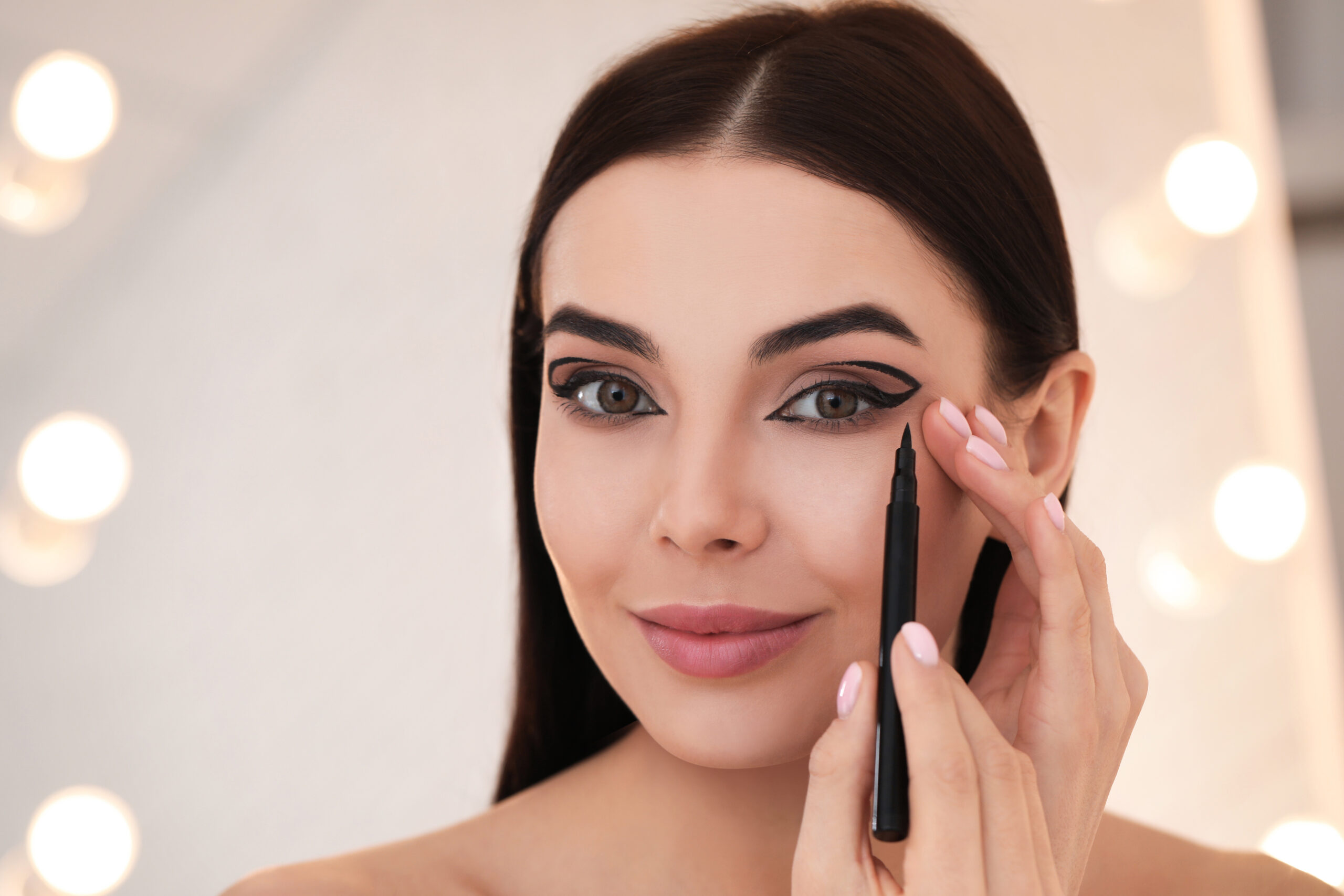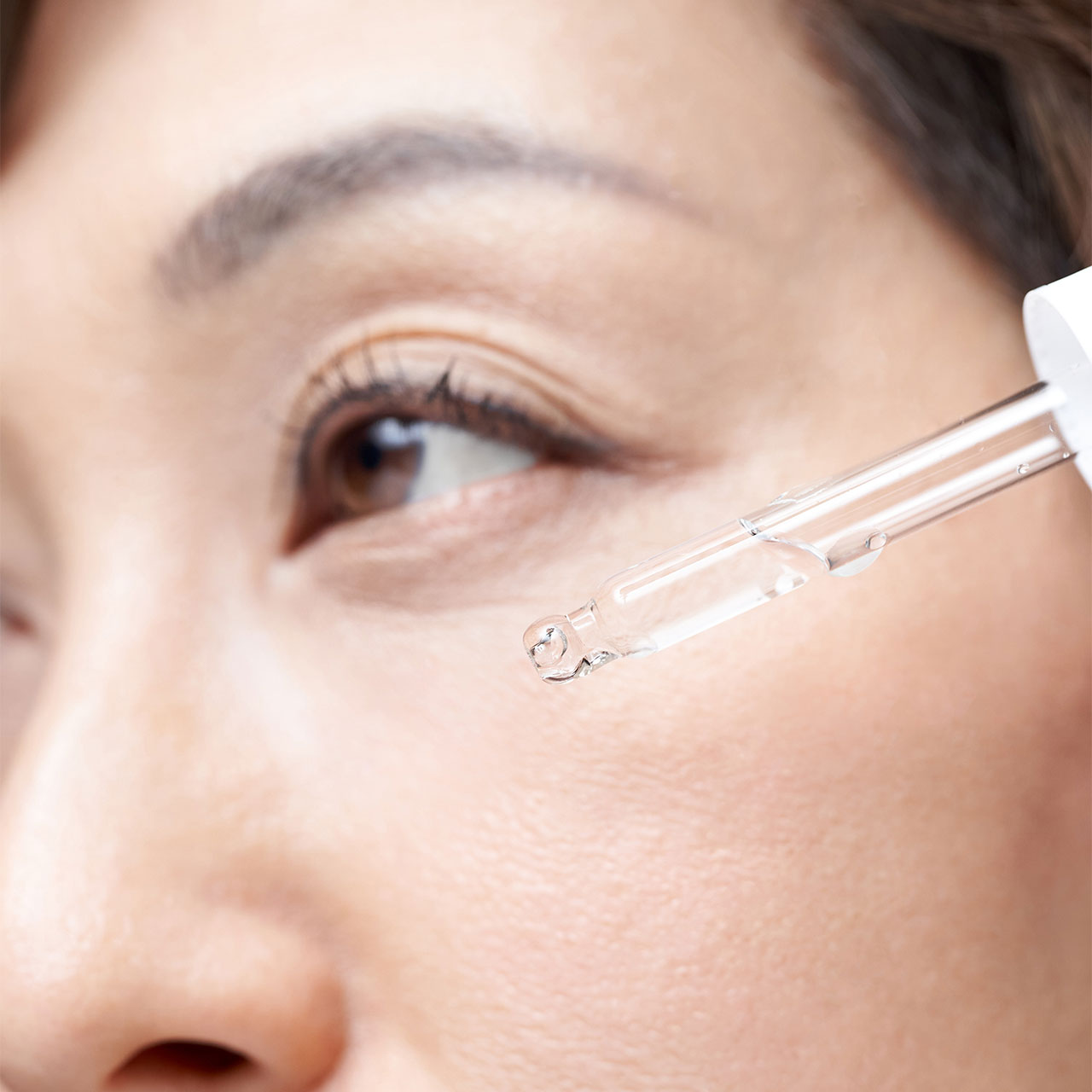Itching for a fresh hair color this summer? We’re right there with you! Something about warm weather often makes us want to step outside of comfort zone and try something different—but of course, we also want to make sure we look good while doing it. If you want to find a hair shade that flatters you, it’s probably not the best idea to take a shot in the dark; there are a few factors to consider when determining which colors will best suit your skin tone.
To discover some of the top hair shade-choosing tips, we spoke to Katie Graves, Senior Hairstylist and Colorist at Mirror Mirror. She gave us all of her best pointers for switching up your look in the most flattering way possible. Read on for all of her advice!


Consider Your Skin Tone And Eye Color
When figuring out the most flattering shade for you, the first step is one you may already be aware of: determining your skin's tones. To do this, take a look at your arm and make note of the color of your veins. If they're more blue or purple, you have cool-toned skin! These skin tones generally look best with warmer hair colors. On the other hand, if your veins are on the green side, your skin is warmer, so you might want to go with a cooler hair shade. Have a mix of both? Lucky you! You've got a neutral skin tone, which looks good with just about anything under the sun.
However, it turns out that choosing the perfect hair color is about more than just your skin. Graves says that the color of your eyes should also play a major role in the process. She reminds us that, unlike skin tone, "your eye color won't change with sun exposure" and should always be taken into account. Graves suggests opting for cooler hair shades if you have blue or grey eyes, noting that "a cool blonde can brighten your look and a rich brown will contrast to enhance your eyes." On the other hand, those with brown or hazel eyes will find warm tones to be more flattering.

Keep Seasons In Mind
In addition to your current skin tone and eye color, there's another factor Graves says you should consider when choosing your new hair shade: the effect seasons have on your skin tone.
"To choose the best hair color for your skin, you also need to be conscious of the seasons," she explains. "Often people want to go really dark in the winter and light in the summer but if you tend to get paler in the winter, the reality is that dark color might not be the most flattering look for you." That's a fair point! Instead of making a drastic change that may be less-than-flattering for your skin tone, Graves suggests "adding a few lowlights and warmth for a moodier look that feels right for the season without washing you out." We love that idea! Additionally, when summer rolls around, you can brighten your hair by adding highlights but "keeping some of your natural color as a lowlight" in order to avoid losing all of your dimension. Overall, Graves says you should "avoid flat, single-process color."
Finally, remember that less is often more when it comes to hair color changes; you don't have to do a complete overhaul on your natural tones. "Making subtle changes such as going from a cool blonde to a warm blonde or adding highlights to your natural color can change your whole look without usually causing too much damage to your locks," Graves concludes.


























